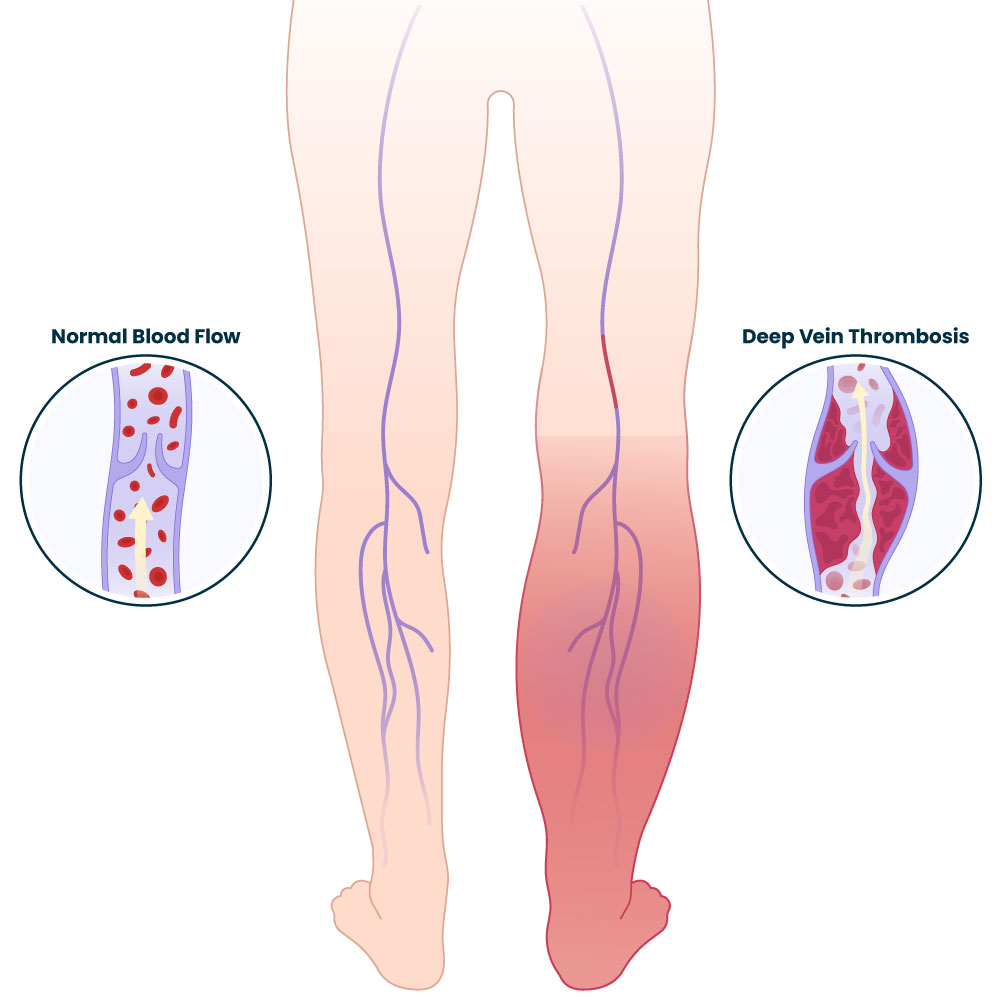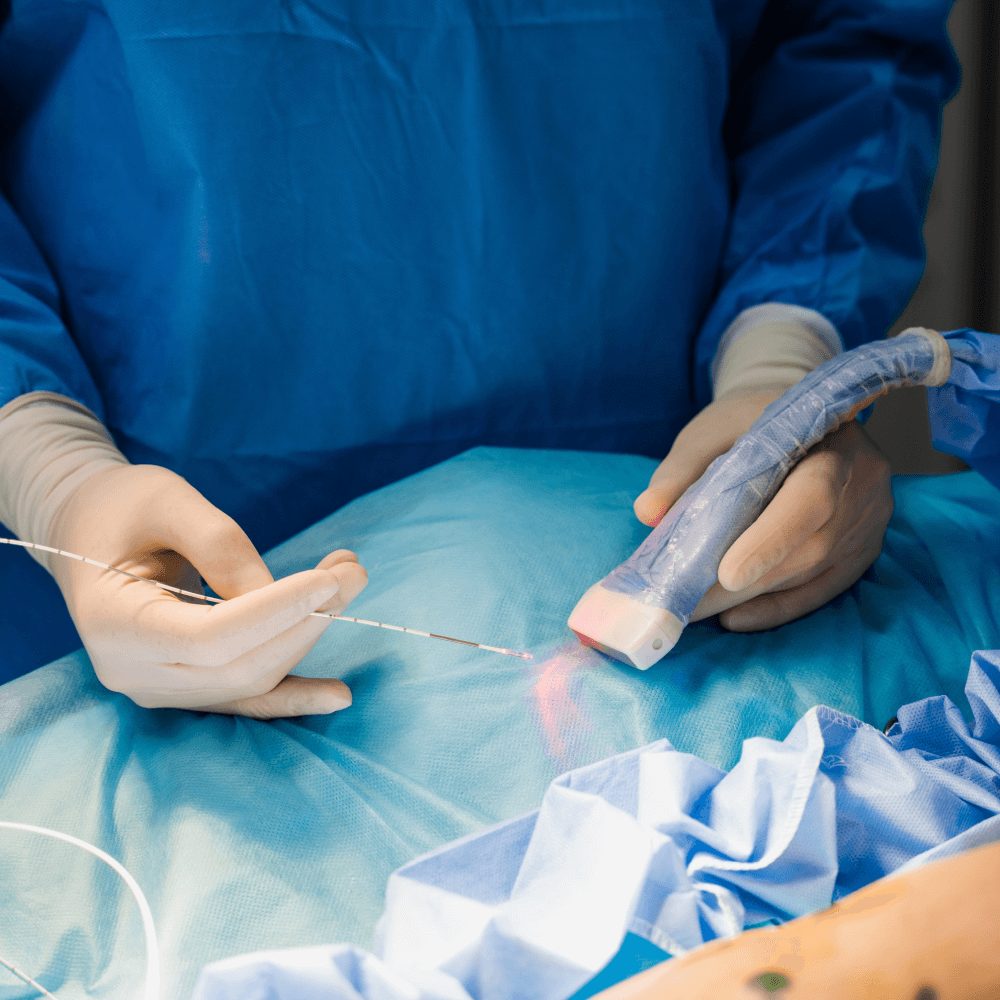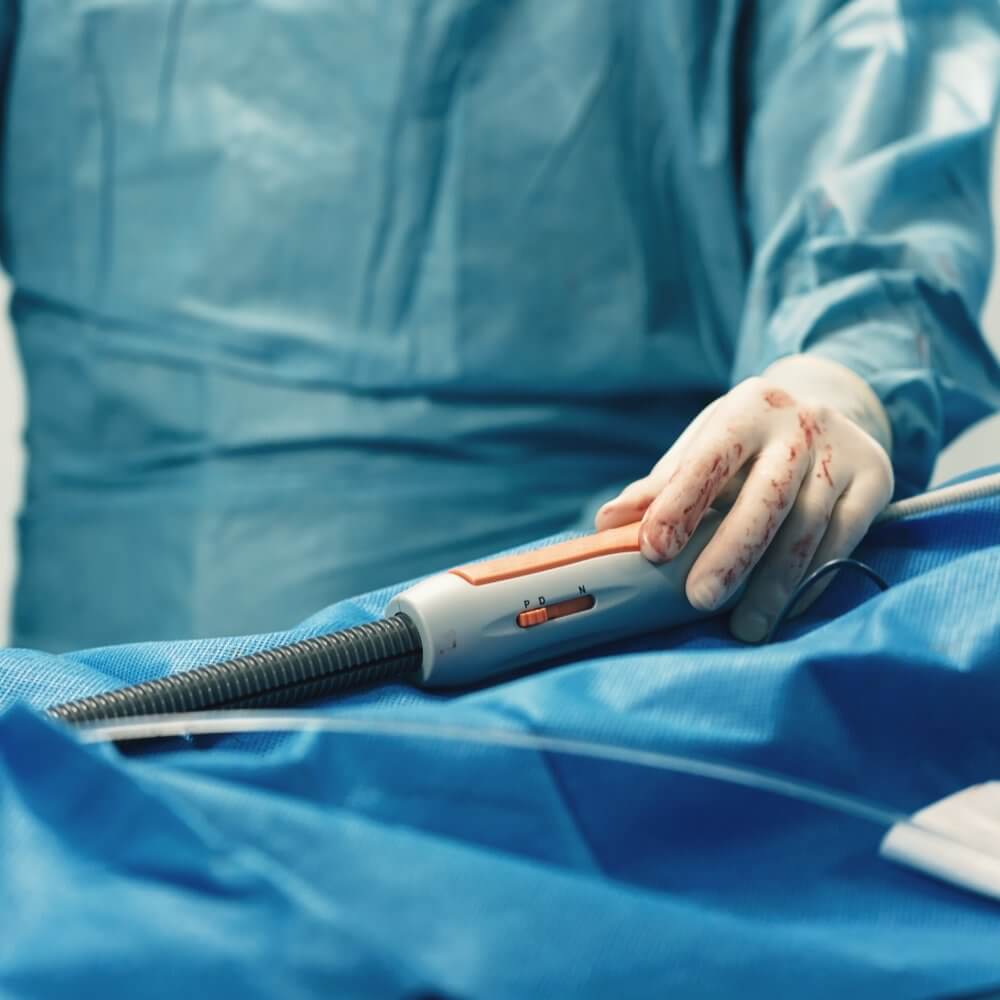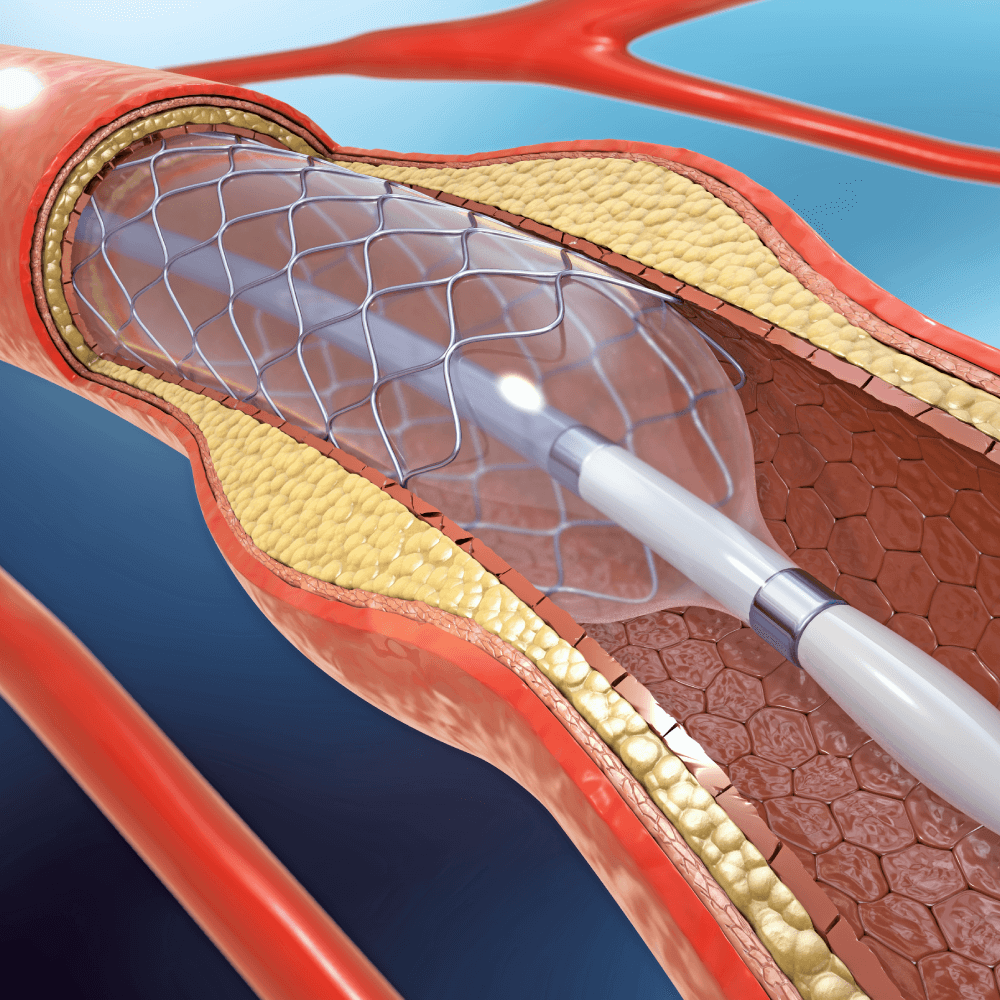
Deep Vein Thrombosis
Deep vein thrombosis (DVT) is a serious condition characterized by the formation of blood clots in the deep veins of the body, typically in the legs. These blood clots can partially or completely block blood flow within the affected veins, causing various complications.
Symptoms of Deep Vein Thrombosis
DVT can manifest with various symptoms, including:
Causes of Deep Vein Thrombosis
Deep vein thrombosis is caused by blood clots. Blood clots can be a result of a variety of factors that prevent the blood from flowing properly. The main causes of DVT are damage to a vein from surgery, infection, or injury.
Risk Factors for Deep Vein Thrombosis
Many factors can increase your risk of developing deep vein thrombosis, including:
Your risk of DVT increases with age, especially over the age of 50
Prolonged periods of immobility or reduced blood flow, such as bed rest or immobility after surgery, can lead to the formation of blood clots
Certain medical conditions can make the blood more prone to clotting
Some types of cancer and cancer treatments, particularly chemotherapy, can increase the risk of blood clots
Hormonal changes, such as those during pregnancy, childbirth, or use of hormonal contraceptives (birth control pills), can influence blood clotting and increase the risk of DVT
Some may have a genetic predisposition to blood clotting, making them more susceptible to deep vein thrombosis.
Treatment for Deep Vein Thrombosis
The goal of treatment for DVT is to prevent the blood clot from growing, breaking off, or causing a pulmonary embolism.

Mechanical thrombectomy involves removing the blood clot or breaking it into smaller fragments, allowing for better blood flow
Learn More

Angioplasty is a procedure that can be used to widen narrowed or blocked veins. The procedure involves using a catheter with a small balloon at its tip to dilate the narrowed portion of the blood vessel and improve blood flow.
Learn More

Iliac vein stenting involves placing a stent in the iliac vein (a major vein in the pelvis) to improve blood flow. This procedure can be relevant in cases of DVT when the iliac vein is narrowed or compressed.
Learn More

Stent placement involves the insertion of a stent into a vein to widen and support its structure, improving blood flow.
Learn More

FAQs
Complications from DVT arise due to the blood clot in the deep veins obstructing blood flow and potentially causing damage to the affected veins or leading to pulmonary embolism. Common complications from deep vein thrombosis include pulmonary embolism, post-thrombotic syndrome, venous insufficiency, or venous ulcers.
DVT is diagnosed through a combination of medical history assessment, physical examination, and imaging tests. Your doctor will start by discussing your medical history, including any risk factors for DVT such as recent surgery, immobility, or a history of clotting disorders. They will also perform a physical examination, paying attention to symptoms such as pain, swelling, tenderness, or discoloration in the affected limb. Your doctor may also request blood & imaging tests to confirm the presence of a clot.
Reducing the risk of DVT involves lifestyle changes to minimize factors that contribute to blood clot formation. This may include exercising regularly, maintaining a healthy weight, staying hydrated, avoiding prolonged immobility, and quitting smoking, among others.


